Recreating the Country blog |
What to plant, where to plant and how to maintain beautiful native gardens to make our homes safer during the fire season. For more information on this topic have a look (and download the PDF) at the CFA’s very useful booklet on Landscaping for Bushfires - Garden design and plant selection |
Click on the image below to discover 'Recreating the Country' the book.
Stephen Murphy is an author, an ecologist and a nurseryman. He has been a designer of natural landscapes for over 30 years. He loves the bush, supports Landcare and is a volunteer helping to conserve local reserves.
He continues to write about ecology, natural history and sustainable biorich landscape design. 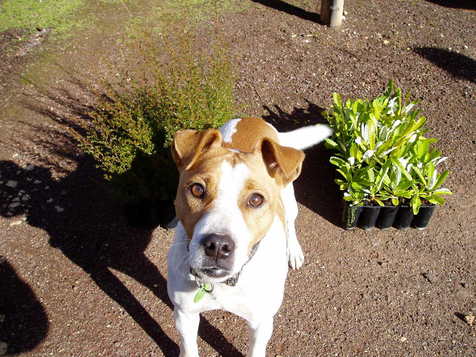
|
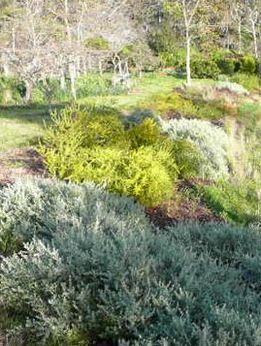
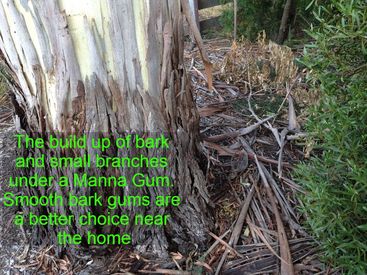
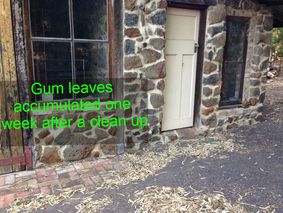
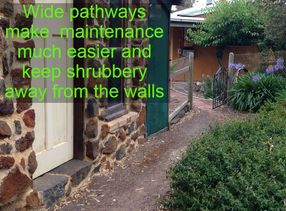
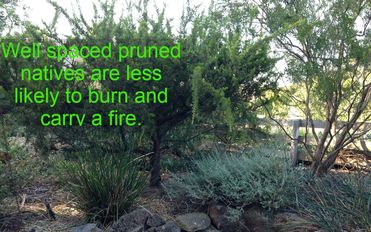
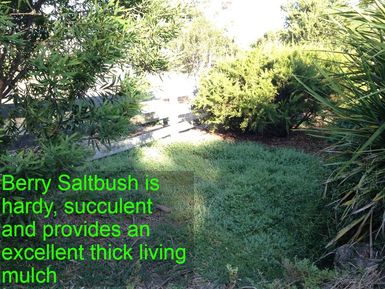
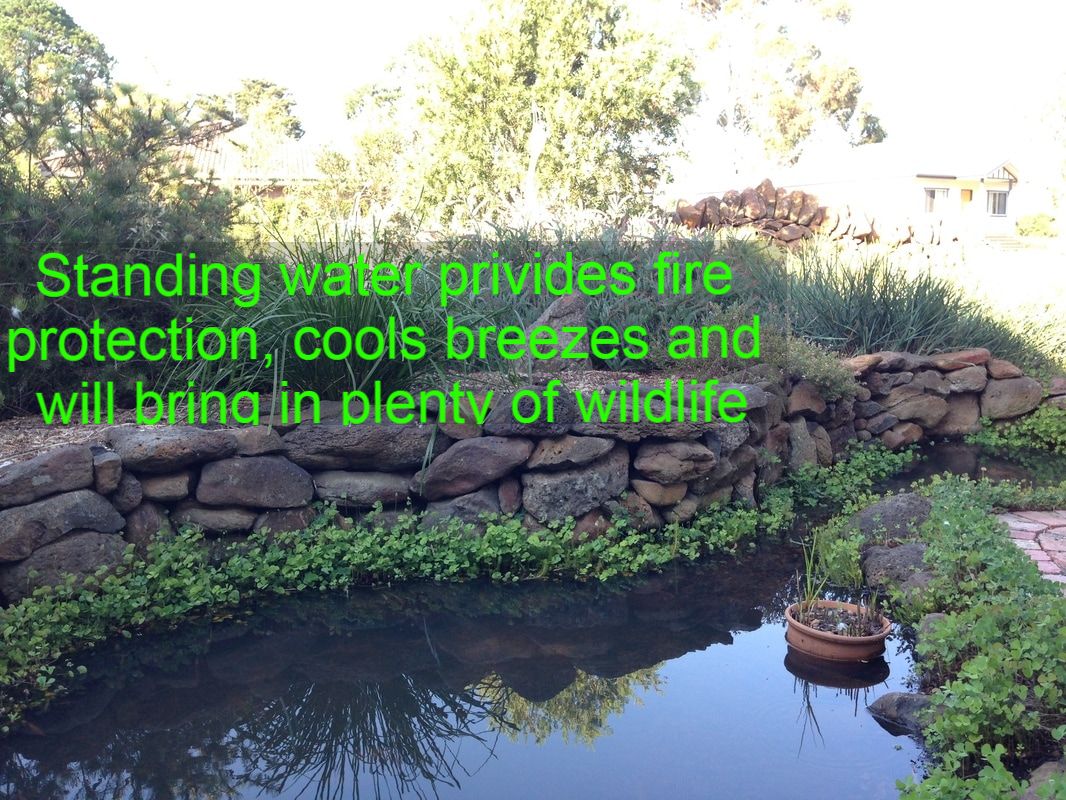
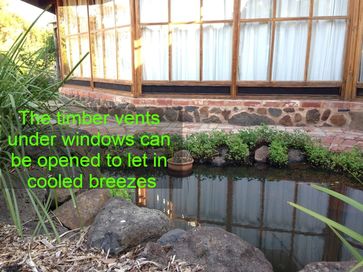


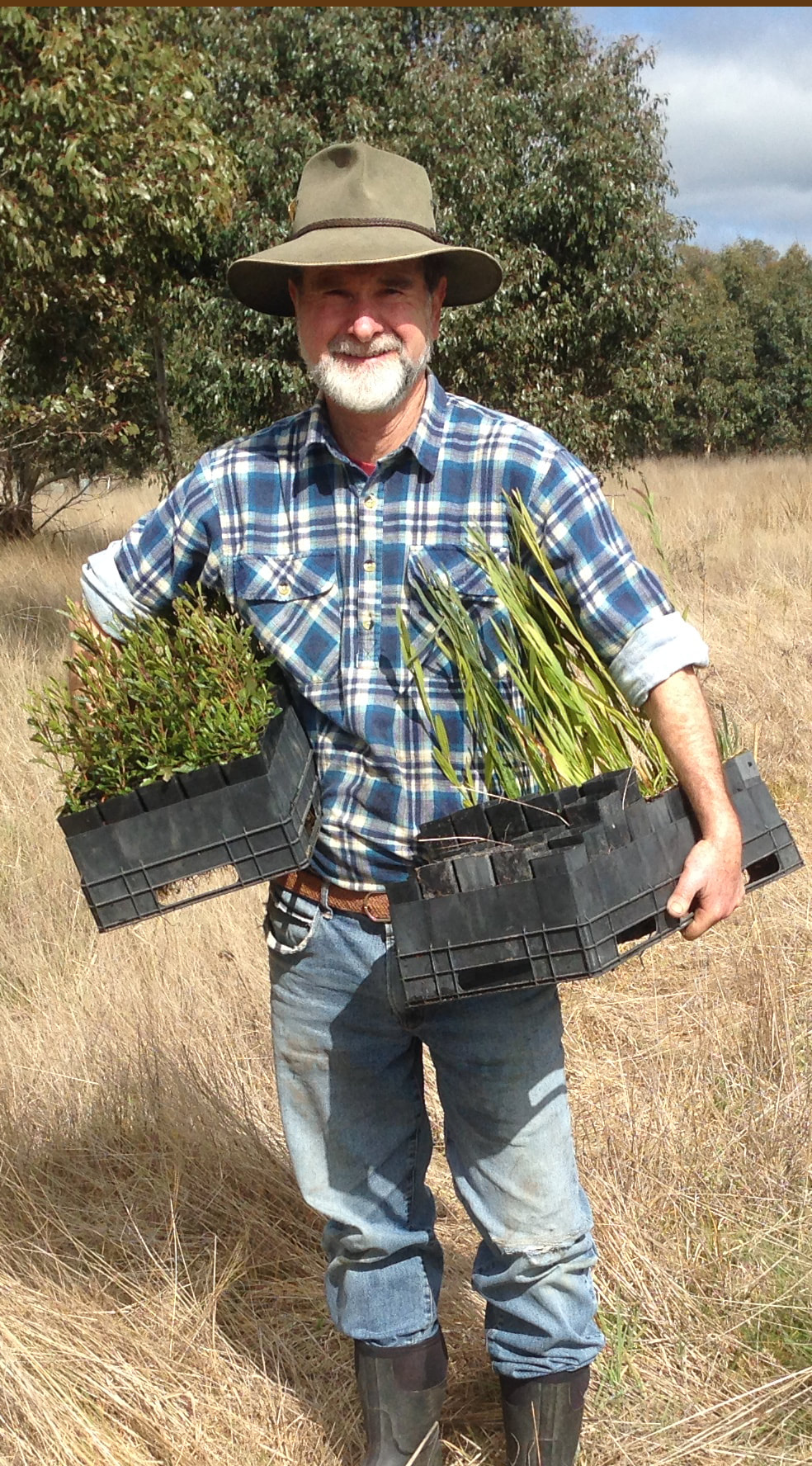

 RSS Feed
RSS Feed
